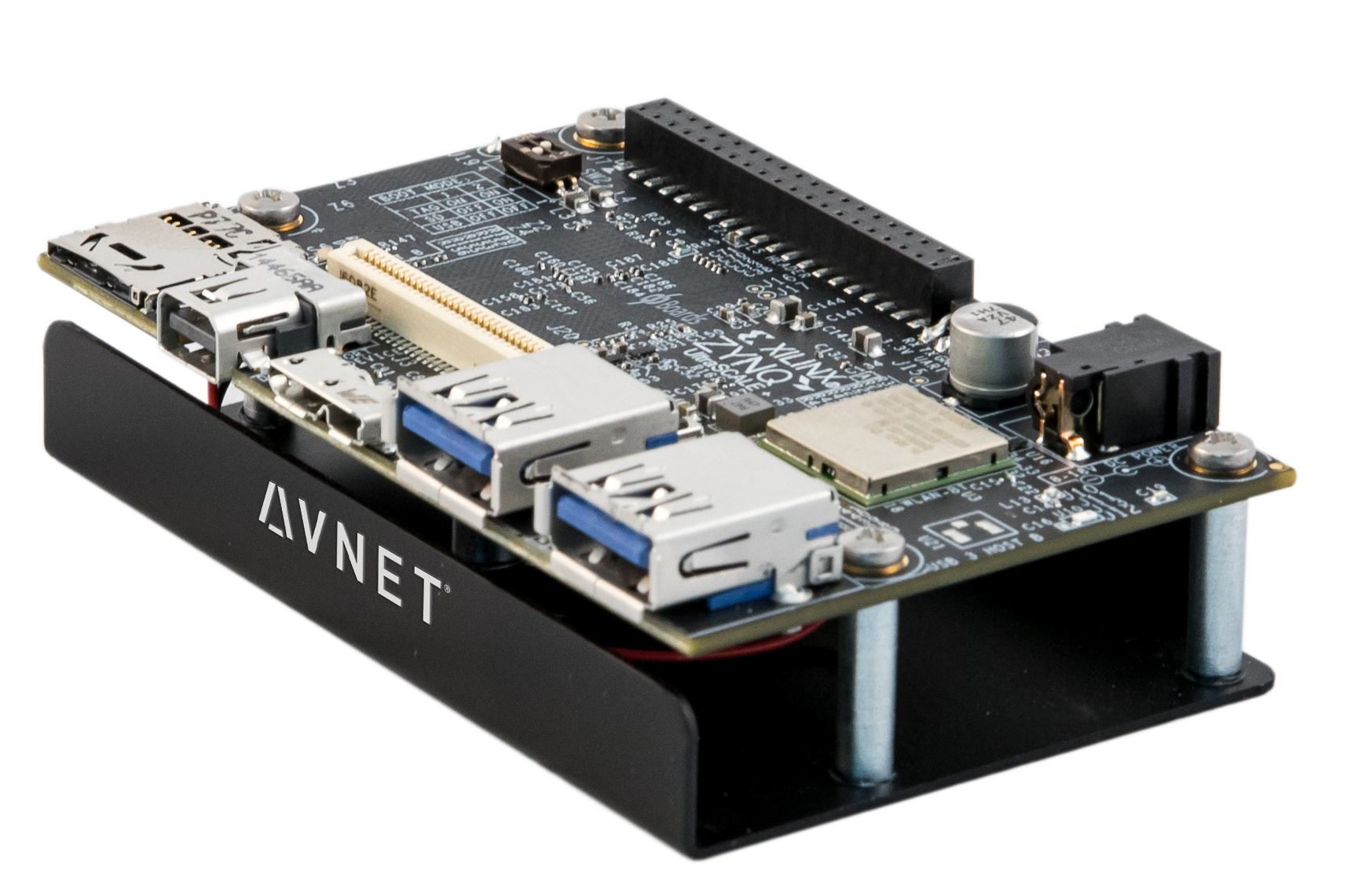Generate Bitstream, Program FPGA Free
OptEditorial/Reference:
Reference:
Xilinx always Answers Question, but intel forums rarely do: -i.e. is/are/will any Xilinx bitstream file(s) can be generated with Xilinx free license?
With a Xilinx board you will get a Device-Locked license for the Xilinx software tools (typically Vivado) as described by AR#39845.
Ans For: AR#39845
AR# 39845
Licensing - What does a device locked license allow?
Description A device locked license is usually included with purchased kits and boards (for example SP605, VC707. etc...).
What does this type of license allow?
Is it possible to use the full ISIM and ChipScope Pro tool with access to other devices?
Solution A device locked license typically includes the following features.
Increment Web_Package which gives access to PlanAhead and WebPACK software implementation for WebPACK devices.
Increment "Specific Device" which provides additional access to implementation for the locked device.
Increment "Design Edition" (Logic Edition, Embedded Edition, DSP Edition depending on the board) which allows access to other design tools.
The device license allows for synthesis and implementation of a design targeted to that specific device.
Bitstream generation is also allowed as long at the device in question is not considered early access in the software version being used.
A device locked license covers all the packages of a device.
For example:
The SP605 Evaluation Kit includes a full-seat of Xilinx ISE Design Suite: Logic Edition device locked to the Spartan-6 XC6SLX45T device.
It allows you access to ISE, PlanAhead, ISIM and ChipScope Pro tools for XC6SLX45T as well as WebPACK devices.
The Xilinx tools allow you to enter your design using HDL (eg. VHDL or Verilog), generate a bitstream, and download the bitstream to the FPGA via JTAG or to a flash-memory device connected to the FPGA via JTAG.
If you are making your own FPGA board, then Xilinx offers a free WebPack version of the tools that supports many of the Xilinx FPGAs.
For example, the WebPack Vivado tools support the many Xilinx FPGAs.
Here, shown in Table-1 of Xilinx document UG973 as reference.
That is, WebPack Vivado allows you to enter a design using HDL, generate a bitstream, and download the bitstream to the supported FPGAs and flash-memory.



















